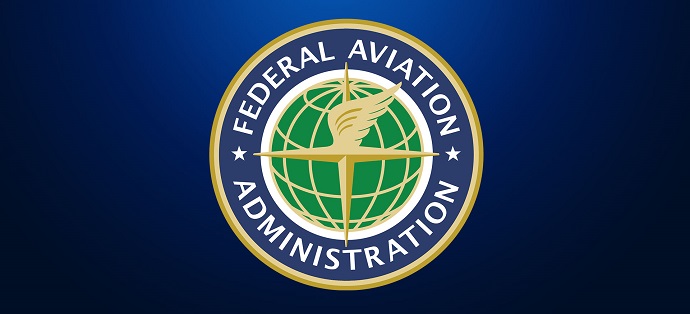Accountable Directorate:
The aircraft certification directorate with final authority, accountability, and responsibility for type certification programs, the development of airworthiness standards, and development and standardization of technical policy for an assigned product and a specific part of Title 14 of the Code of Federal Regulations (14 CFR).
Aircraft Certification Office (ACO):
The aircraft certification directorate’s engineering operational element. This office administers and secures compliance with agency regulations, programs, standards, and procedures governing the type design of aircraft, aircraft engines, or propellers. The term “ACO” also refers to the Engine Certification Office (ECO), the Rotorcraft Certification Office (RCO) and the Special Certification Office (SCO), and the Military Certification Office (MCO).
Aircraft Engineering Division (AIR-100):
Is responsible for the development and standardization of regulations, national directives, policy, procedures, and advisory material for continued operational safety, type certification, design approval, and for authorization and oversight of representatives of the Administrator for civil aeronautical products.
Aircraft Evaluation Group (AEG):
Assigned to each aircraft certification directorate, address Flight Standards considerations during type certification, evaluate operational and maintenance aspects of certification, and evaluate continuing airworthiness requirements of newly certificated or modified products and parts.
Certificate Management ACO (CMACO):
The ACO managing the product’s TC. The CMACO also manages the continued airworthiness for all products it approves for as long as the products are in service. Since this is the ACO managing a product’s TC and the continued airworthiness, the project ACO must coordinate the issue paper with the CMACO.
Chief Scientific and Technical Advisors (CSTA):
Technical consultants in specific, specialized topics, use their technical expertise to help AIR apply regulatory policies and practices to certify state-of-the-art technology, influence the research agendas of the U.S. and foreign aviation industries, military, academia, and other research institutions, and interact with and assist other U.S. Government agencies and foreign CAAs in technology-related issues.
Manufacturing Inspection Office (MIO):
Oversees manufacturing inspection district offices (MIDO) and manufacturing inspection satellite offices (MISO) in its geographic area and provides organizational leadership and technical guidance to these offices. The MIO manages all geographically located production facilities and designers. They administer the airworthiness certification policies, office staffing, and internal budget allocation.
MIDO:
A subordinate office to the MIO in its geographical area. This office oversees production certification, airworthiness certification, approval holders (manufacturing facilities), and
designees, in its geographical area.
MIDOs support ACOs during type certification programs; they investigate and submit enforcement reports on noncompliance with 14 CFR parts. MIDOs investigate and ensure corrective measures for service difficulties, are implemented as identified in the quality system. When a significant issue pertains to manufacturing processes, production certification, or airworthiness certification, the program/project manager must include the MIDO in the issue paper coordination.
Program/Project Manager (Originator).
The program/project manager makes the decision to generate an issue paper for significant technical, regulatory, or administrative issues.
The program/project manager:
a) Obtains concurrence from the ACO;
b) Transmits issue paper to the accountable directorate through the project officer;
c) Coordinates with the applicant and obtains applicant position (when necessary,
d) discusses and clarifies the FAA position with the applicant);
e) Obtains concurrence from AEG, MIDO, AIR-100, and CSTA’s as needed;
f) Obtains accountable directorate concurrence and approval of the issue paper;
g) Develops conclusion and transmits it to the applicant; and
h) Places results in official project file.
i) Project ACO (PACO): The ACO working a certification project. The PACO may need to
coordinate with the CMACO, if the project is a follow-up certification activity, such as an STC or PMA.
Project Officer.
The project officer provides regulatory/policy input to the project team or
TCB through the program manager and routes the issue paper through the accountable directorate’s
specialists and manager in order to keep them apprised of the issue and to obtain their concurrence.
Technical Specialist.
For type certification projects, new issue papers can be proposed to the
TCB by technical specialists for technical issues in their areas, through the program/project manager at any time during the process before final type certification.
Type Certification Board or Project Team.
The TCB is the FAA management team responsible for acquainting the applicant with the certification process, resolving significant problems, processing and coordinating issue papers, and establishing a schedule for the overall accomplishment of the type certification project. A TCB is established only for projects of a certain magnitude. When a TCB is not necessary, the certification team manages the project and performs any functions of the TCB to the degree necessary.
Next Steps
Follow this link to our Library to find & Download related documents for Free.
Sofema Aviation Services & Sofema Online offer classroom and online training for FAA subjects. Please see the websites or email team@sassofia.com




